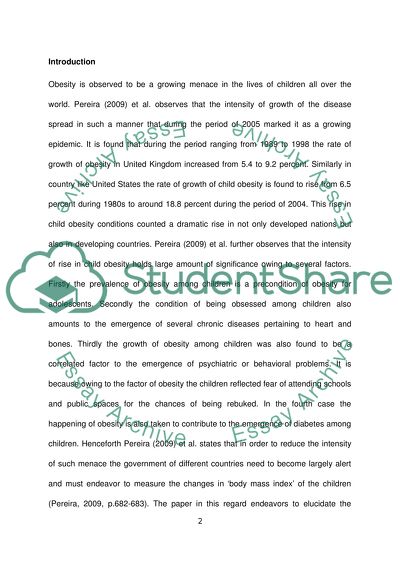Cite this document
(“Child Health Care Practices: Childhood Obesity Essay”, n.d.)
Retrieved de https://studentshare.org/nursing/1391787-child-health-care-practices-childhood-obesity
Retrieved de https://studentshare.org/nursing/1391787-child-health-care-practices-childhood-obesity
(Child Health Care Practices: Childhood Obesity Essay)
https://studentshare.org/nursing/1391787-child-health-care-practices-childhood-obesity.
https://studentshare.org/nursing/1391787-child-health-care-practices-childhood-obesity.
“Child Health Care Practices: Childhood Obesity Essay”, n.d. https://studentshare.org/nursing/1391787-child-health-care-practices-childhood-obesity.


